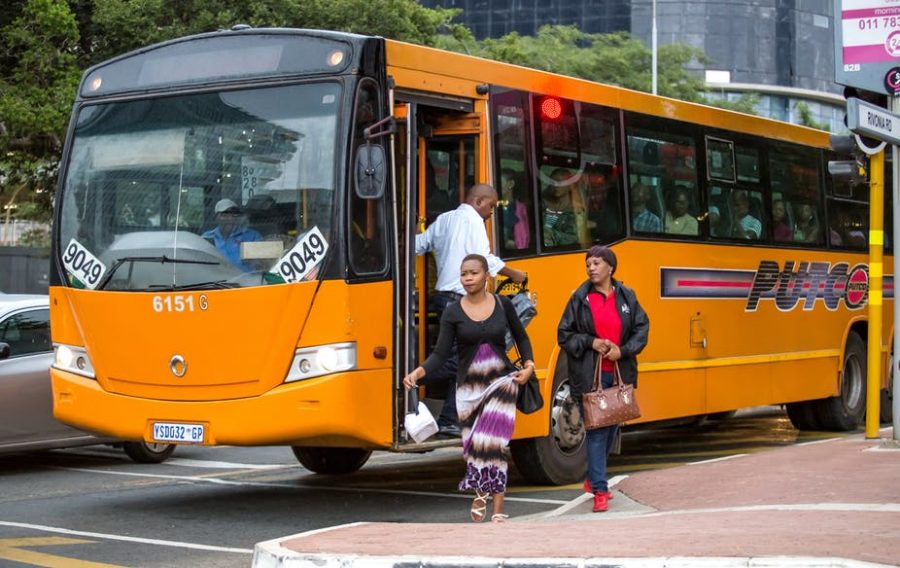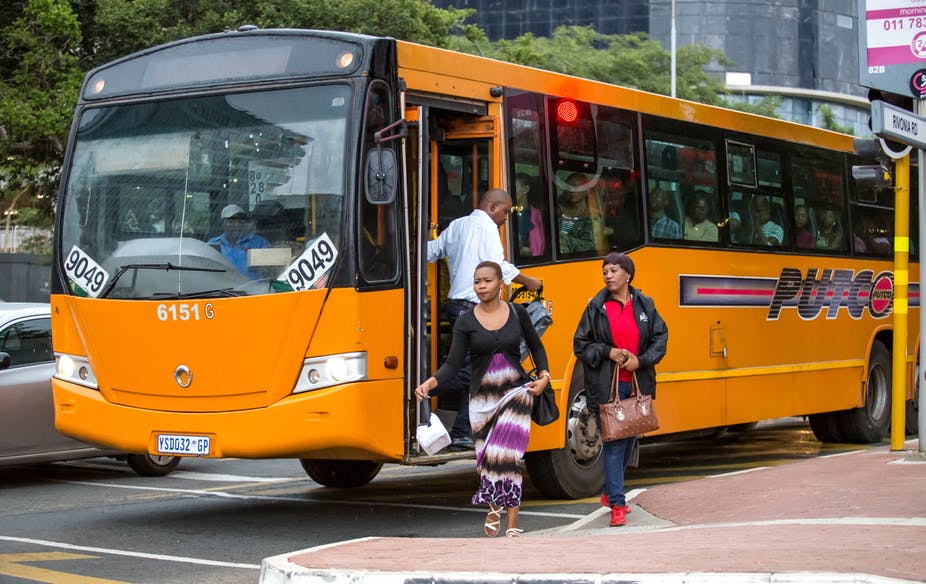
A Unique Picture of Migration Patterns in South Africa Can Help Urban Planning
Economic disparities, inequality and unemployment, particularly among young people, remain pervasive in South Africa. Lack of access to services and inadequate living conditions also affect people’s quality of life, health and well-being. Urban living holds the promise of improved conditions. But many people relocating to South Africa’s metropolitan areas have to contend with a host […]

Economic disparities, inequality and unemployment, particularly among young people, remain pervasive in South Africa. Lack of access to services and inadequate living conditions also affect people’s quality of life, health and well-being.

Urban living holds the promise of improved conditions. But many people relocating to South Africa’s metropolitan areas have to contend with a host of challenges. These include crowded living conditions, informal housing, inadequate sanitation, and possible exposure to crime and violence. Added to this is the fact that it’s difficult to access education, employment and healthcare.
In situations where migration to an urban area is temporary, migrants tend to live on as little as possible. This means they may choose the cheapest accommodation available in close proximity to places of work. By doing this, they maximise the amount of money they are able to send back to rural households.
Keeping track of migration and urbanisation is difficult because of the challenges involved in collecting data from mobile people. But it’s vital for population health that migration and urbanisation is well understood and planned for.
A number of institutions have been tracking the movement of people across South Africa over a period of time. So far, they have been able to gain a unique perspective of dynamics relating to the distribution of South Africa’s population.
Our analysis highlights the need for public sector services planning to recognise the high level of rural-urban interconnection through temporary migration.
Keeping track
We have been running a project for nearly three years that provides statistics on migration and urbanisation. The data are repeatedly updated so that trends can be followed. This is important for population planning, which is done by policy-makers in service ministries. Our data include health, social development, and basic education statistics.
The project involves the South African Population Research Infrastructure Network, a national research platform of longitudinal population groups hosted by the South African Medical Research Council, and two government bodies – Statistics South Africa, and the Department of Social Development.
The project combines data from ongoing, long-term health and demographic data collection operations in three rural areas of the country. These are Mpumalanga, Limpopo in the north and north east, as well as KwaZulu-Natal on the east coast of the country. This has been combined with national census data from Statistics South Africa.
By validating the data through cross verification of the national census and longitudinal district-level data – a process known as triangulation – we have been able to capture the demographic and spatial realities of the population better than either data source would on its own.
The national census – the most recent was done in 2011 – shows where people slept on the night of 9th to 10th October. These data indicate a growth of population in metropolitan areas. The most common form of migration is within a metropolitan area, or from one metro to another, or from a large town to the metro.
The longitudinal health and demographic surveillance system data show a different angle entirely. This is because they yield insight from a migrant-sending community perspective. Prominent in the longitudinal data is the temporary, circular migration from poorer rural and peri-urban communities. People, especially young adult males and females, are frequently coming-and-going between home and work.
This temporary migration generally has benefits for migrants and their household in terms of socio-economic status and education. But there are risks, like health risks. These can include difficulties accessing health care, sustained unhealthy nutrition, the high stress of urban life, and being parted from the support and protection of a rural household.
Closing the gaps
Understanding migration dynamics and trends has an impact on how to think about, and plan for, South Africa in urban transition. There’s a need for public sector planning to take into account the high number of South Africans who, on a regular basis, move between rural and urban areas.
This would involve, for example, ensuring that migrants are able to access healthcare in destination as well as origin areas. Such services should take account of the possibility that migrant labourers, who were not counted by the national census in their rural households, may return home ill and require care and treatment.
This shifts the healthcare burden of caring for them in their terminal illness to their families and the rural healthcare system. This, in turn, would have significant consequences for the distribution and allocation of health care resources.
The policy response to many of these issues has been lacking in the past, but new initiatives in the areas of urban and rural development and spatial planning are underway. One such initiative is the Migrant Health Follow-Up Study, a 5-year study funded by the National Institutes of Health in the US, and run by a collaboration of Brown University in the US and Wits University in South Africa. The study will investigate how migration impacts on health and access to healthcare by following labour migrants who move from rural to urban areas to access employment.![]()
Mark A. Collinson, Reader in Population and Public Health, MRC/Wits Rural Public Health and Health Transitions Research Unit, School of Public Health, University of the Witwatersrand and Carren Ginsburg, Researcher in Public Health, University of the Witwatersrand
This article is republished from The Conversation under a Creative Commons license. Read the original article.